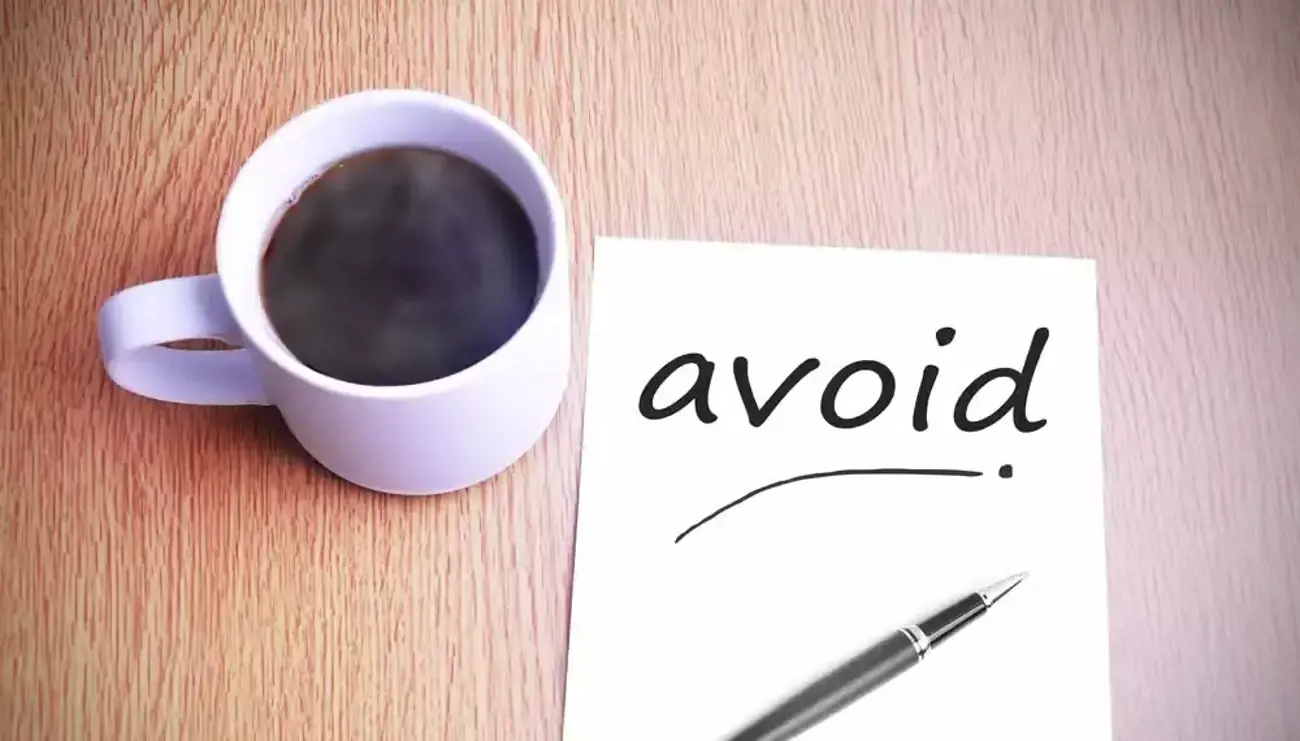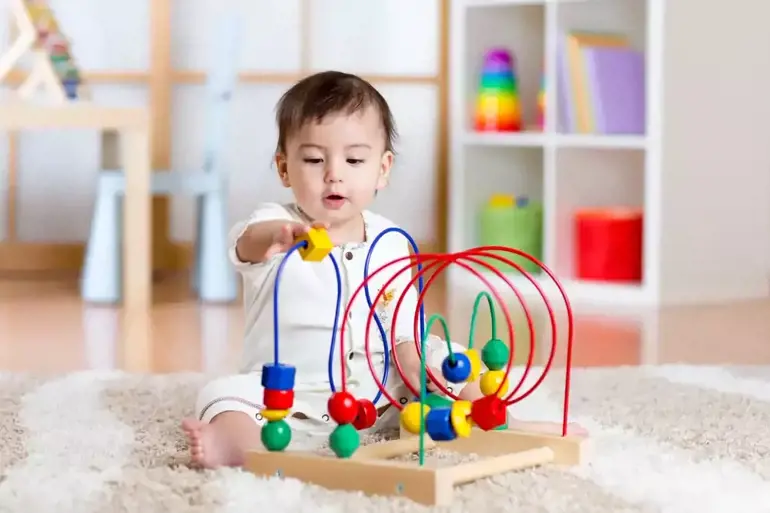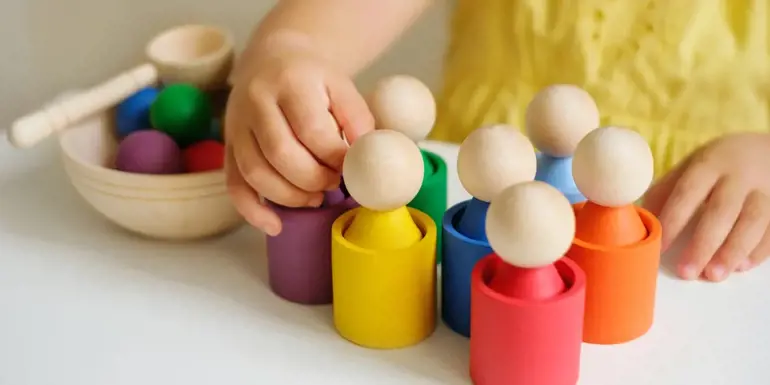When it comes to buying for children, there are some things you probably don't need in your life like matching mum 'n' bub onesies and some things you definitely don’t need like oil-based paint for toddlers.
Then there are those products that may seem practical or fun but can actually pose a safety risk to your child. Let's look at the 11 products CHOICE recommends you don't buy for your child.
1. Baby walkers
CHOICE 'strongly discourages the sale and use of baby walkers' because although these wheeled frames give bubs upward mobility, they can also steer tots into danger and might even delay your bub's first steps.
Instead of buying a baby walker, invest in a wheel-free playpen, bouncer, rocker, play mat or play table instead. If you 'wheelie' want to purchase a baby walker, then make sure it complies with the mandatory safety standard.
2. Baby bath aids
Things like bath seats, recliners and flotation rings may seem like a helpful addition to bath time. However, although baby bath aids support your tot in the water and free up your hands for bathing, these products have been linked with drowning when a bath seat has tipped over or a child has slipped off. They may also give parents a false sense of security.
Make sure you never leave your baby unattended in the bath, and if you do buy a bath aid, check that it adheres to this mandatory standard.
3. Bean bags
Back in 1969, the slouchy, couchy beanbag revolutionised the way people sat. Nowadays, this relaxed approach to furniture comes with risk. Kids can choke on the polystyrene bead stuffing and there's a chance that babies and young children could suffocate if placed on a beanbag.
This means you should exercise caution with bean-filled products, including beanbags, soft toys or pet beds, and make sure your child can't get their hands – or mouths – on the filling.
4. Lidded toy boxes
Toy boxes are a simple storage solution with one catch – the lid. Injuries and deaths have occurred after lids fell on youngsters' heads or necks, and children can also get trapped inside a box with a heavy lid.
Kids up to the age of two are most at risk and CHOICE says you can make toy boxes safer by:
- Removing the lid entirely
- Looking for stoppers that create a 12mm+ gap when the lid is closed
- Ensuring there are ventilation holes in the box
- Choosing a lightweight plastic crate over a box with a heavy lid
5. Jolly jumpers
These baby jumpers hang from a doorframe or tripod to give babies their b-b-bounce before they can stand on their own two feet. However, there is the not-so-jolly risk that a baby will fall if a door clamp breaks or get accidentally pushed into the doorway, so it's a good idea to avoid this product.
6. Trampolines
For bigger kids, trampolines offer that bouncy feeling and also help to develop fitness, co-ordination and balance. On the downside, trampolines can lead to injury when children fall off, hit the side or get bounced on.
CHOICE says children under the age of six must be supervised and their Trampoline Buying Guide is a great place to start if do want to put a bouncer in the backyard.
7. Small toys and toy parts
Young kids are naturally curious and like dismantling and 'tasting' things, so if an object can fit into a 35mm film canister or is smaller than a ping-pong ball, never leave a young child alone with it. This includes marbles, batteries, wheels, coins, loose buttons, doll or teddy eyes, board game pieces and toy darts.
8. Projectile toys
While we're on the topic of toy darts, keep in mind that projectile toys of all sizes can cause harm. Small projectiles come with a choking risk, and bigger things, like suction darts, can cause injury on impact.
9. Some cot linen
CHOICE is wary of cot frills, bumpers, doonas, pillows and quilts because of the suffocation risk for babies. When it comes to creating a safe sleeping environment, less is more. Red Nose recommends that parents remove soft bedding and either use an infant-safe sleeping bag or a well-tucked in blanket. Also, make sure the cot meets the mandatory safety standard and that your baby sleeps on a firm, snug-fitting mattress.
10. Bunk beds
For older snoozers, the bunk bed is an ingenious way to fit two siblings into one room, however, they have been associated with serious injuries when children have jumped or fallen off the top bunk.
CHOICE says bunk beds are a no-no for children under nine, for older children they prefer two singles over one bunk bed, and if you are up for a bunk bed, then attach a permanent guard rail to the top bunk.
11. Child-specific products
It pays to beware of 'baby' or 'toddler' versions of adult products. CHOICE describes many as 'simply unnecessary', so before you buy 'junior' snacks, drinks, sunscreen, shampoo or moisturiser, read this Children's Product Investigation Guide.
If you really want to buy the mum 'n' bub matching onesies, then we guess there's no real harm in that!


































